Top 10 places to fossick for gemstones in Australia

Fossicking has a long history in Australia. Travellers continue to try their luck at striking it rich by discovering a despoit of colourful gems . In our smallest towns and most remote areas lies some of Australia’s most renowned fossicking sites: try Killiecrankie for topaz, Harts Range for garnet and the gemfields of Central Queensland for sapphires.
Oberon, New South Wales
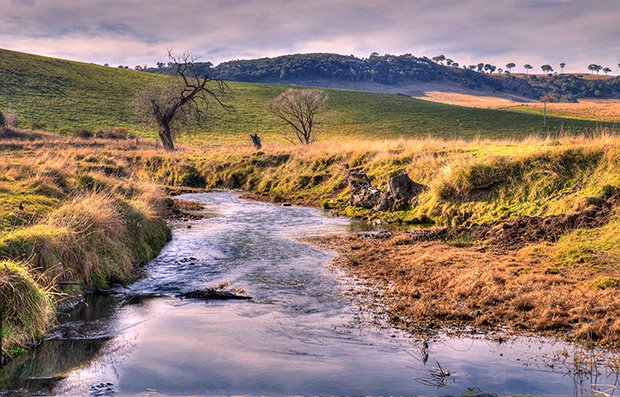
About 150km west of Sydney, this small town nestled in the shadow of the Blue Mountains has five unique fossicking sites designated for the public. Visitors can search for sapphires, zircon, gold and diamond.
Coober Pedy, South Australia
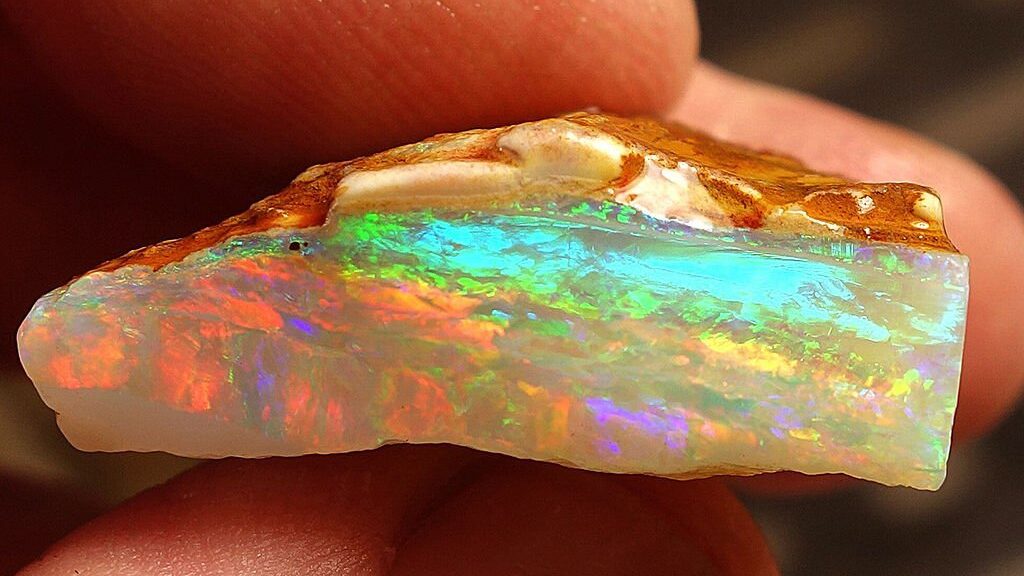
About 750km north-west of Adelaide, Coober Pedy is one of Australia’s most prolific opal-mining areas— up there with Lightning Ridge. Visitors are free to sift through opal mine tailings at the Jewell Box, an area still used as a mine dump. Avid ‘noodlers’ may find small opals or pieces of colourful potch (low-quality opal) in the tailings.
Killiecrankie Bay, Tasmania
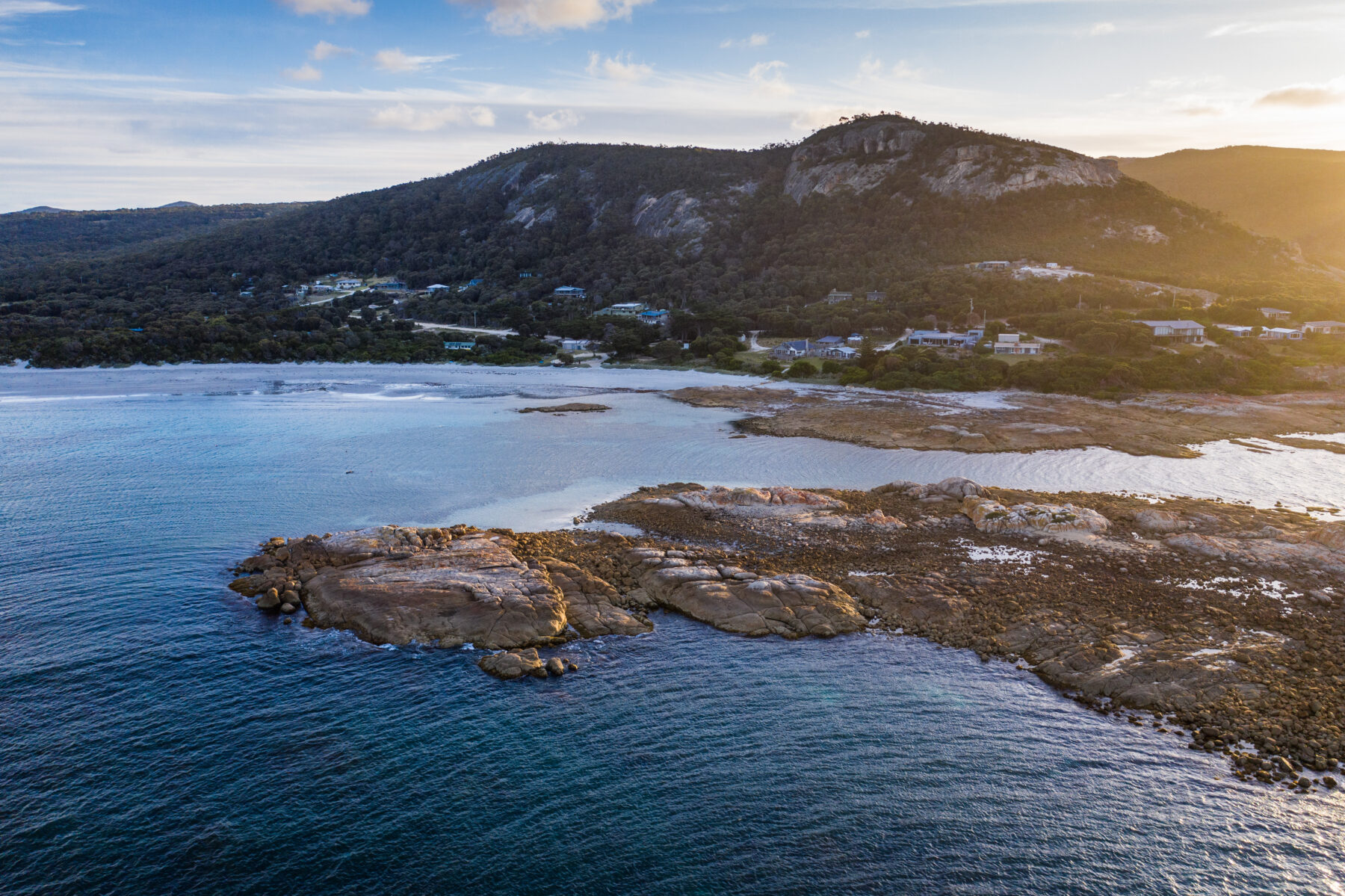
Beachgoers and fossickers are drawn to this remote bay at the northern end of Flinders Island, Tasmania. Careful beachcombers may uncover specimens of topaz – known locally as Killiecrankie diamonds – at low tide.
Inverell, New South Wales
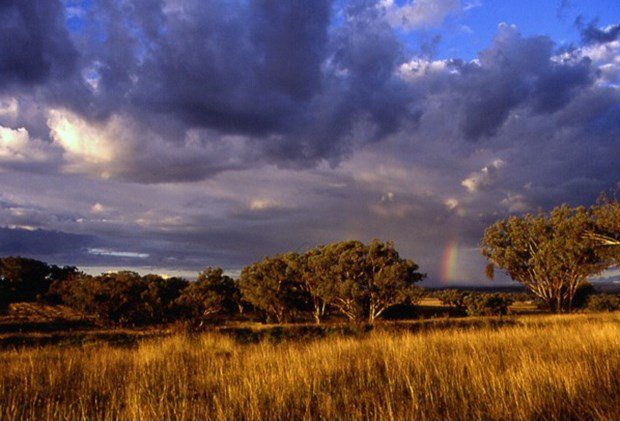
Lovers of sapphire can explore fossicking sites throughout the Inverell district, which is located on the western slopes of the New England Tablelands in northern New South Wales. Several privately owned mines offer advice and equipment for beginners.
The Gemfields, Queensland
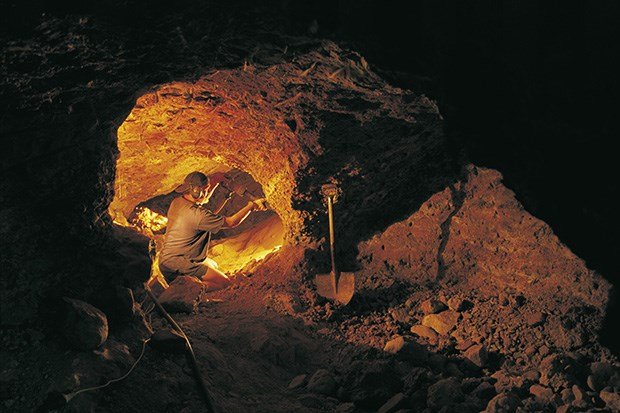
Visitors to Sapphire in central Queensland, 285km west of Rockhampton, don’t have to leave town to discover gems. For the adventurous, however, there are 11 local fossicking areas, many of which yield multi-coloured sapphires and zircon. Beginners can hire equipment and ask for advice at Blue Hollow Mine, near the Big Bessie fossicking area.
Glen Innes, New South Wales
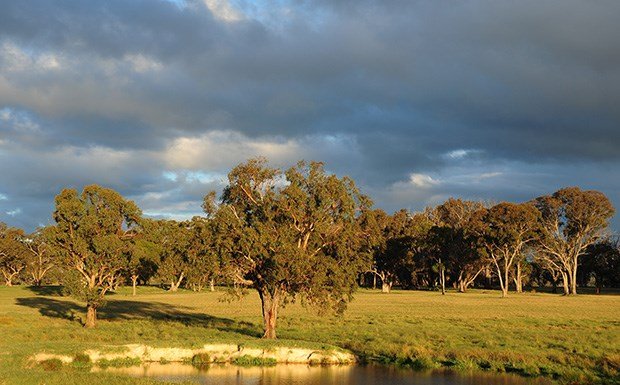
On the northern border of New South Wales, in the hills of the Great Dividing Range, lies one of Australia’s most renowned fossicking sites. Glen Innes and surrounds is the most prolific sapphire region in New South Wales and one of the world’s richest mineral diversity belts. Fossicking in New South Wales does not require a license, so visitors can get started as soon as they arrive.
Harts Range, Northern Territory
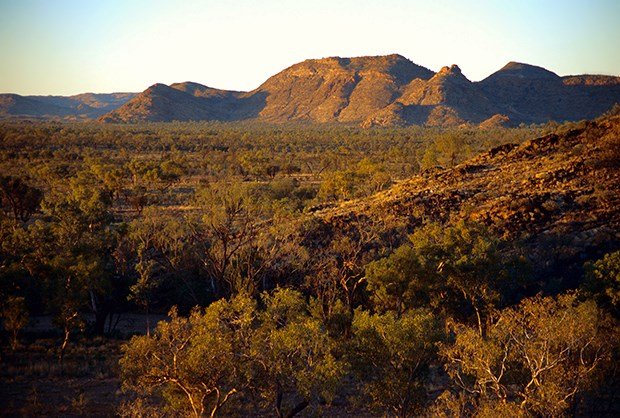
Garnet lovers may be lucky enough to find large, well-shaped gems in this region, 125km north-east of Alice Springs. The Spotted Tiger campground is a designated fossicking area and an excellent place to start.
Mount Hope, New South Wales
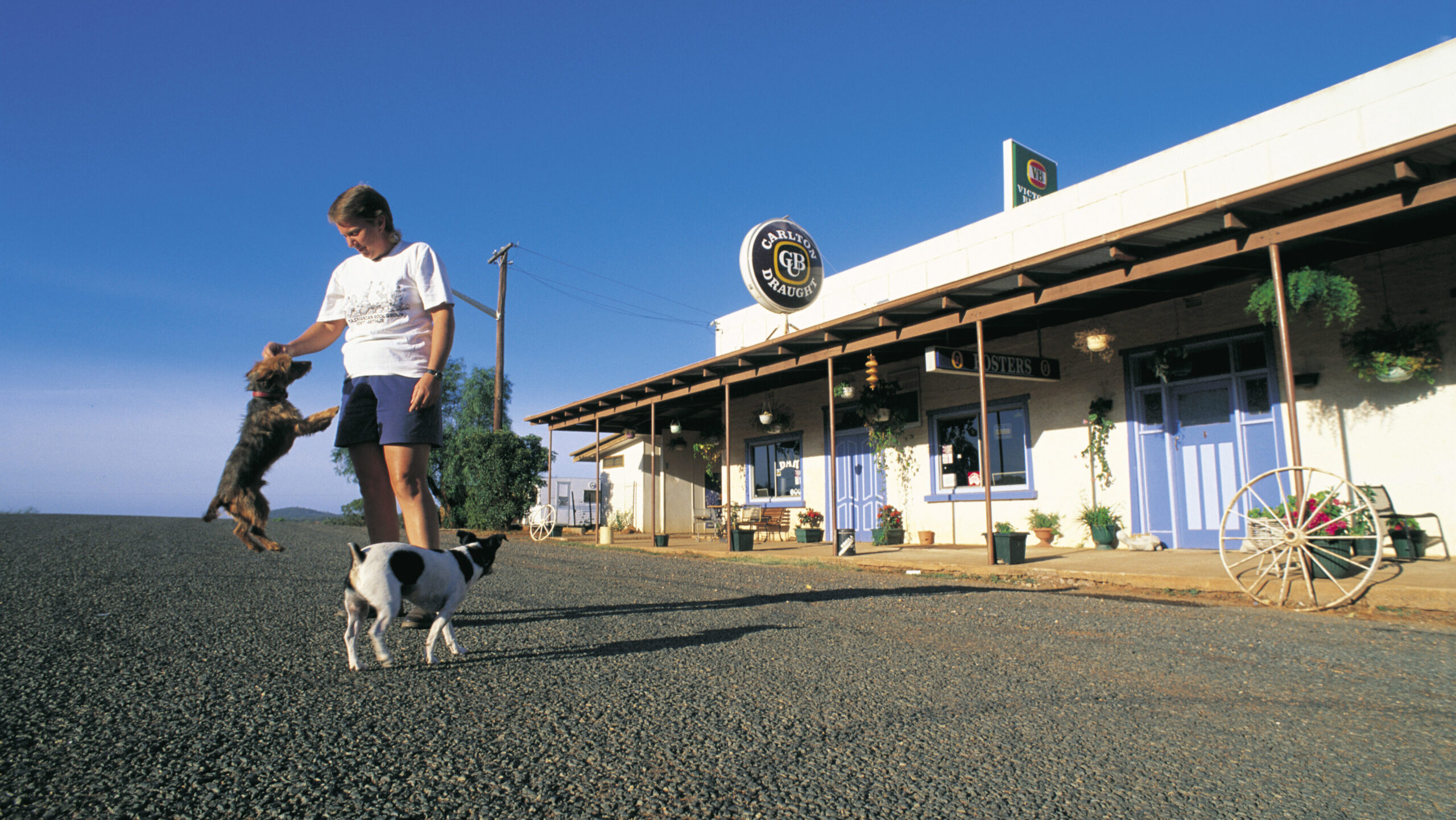
In the late 19th and early 20th centuries, Mt Hope, 600km west of Sydney, was a copper mine. A huge bushfire during the 1950s saw its closure and the area has since become a ghost town, with a population of just more than 50. However, brave fossickers may chance upon an abundance of rock crystal half a metre below the surface.
Mount Surprise, Queensland
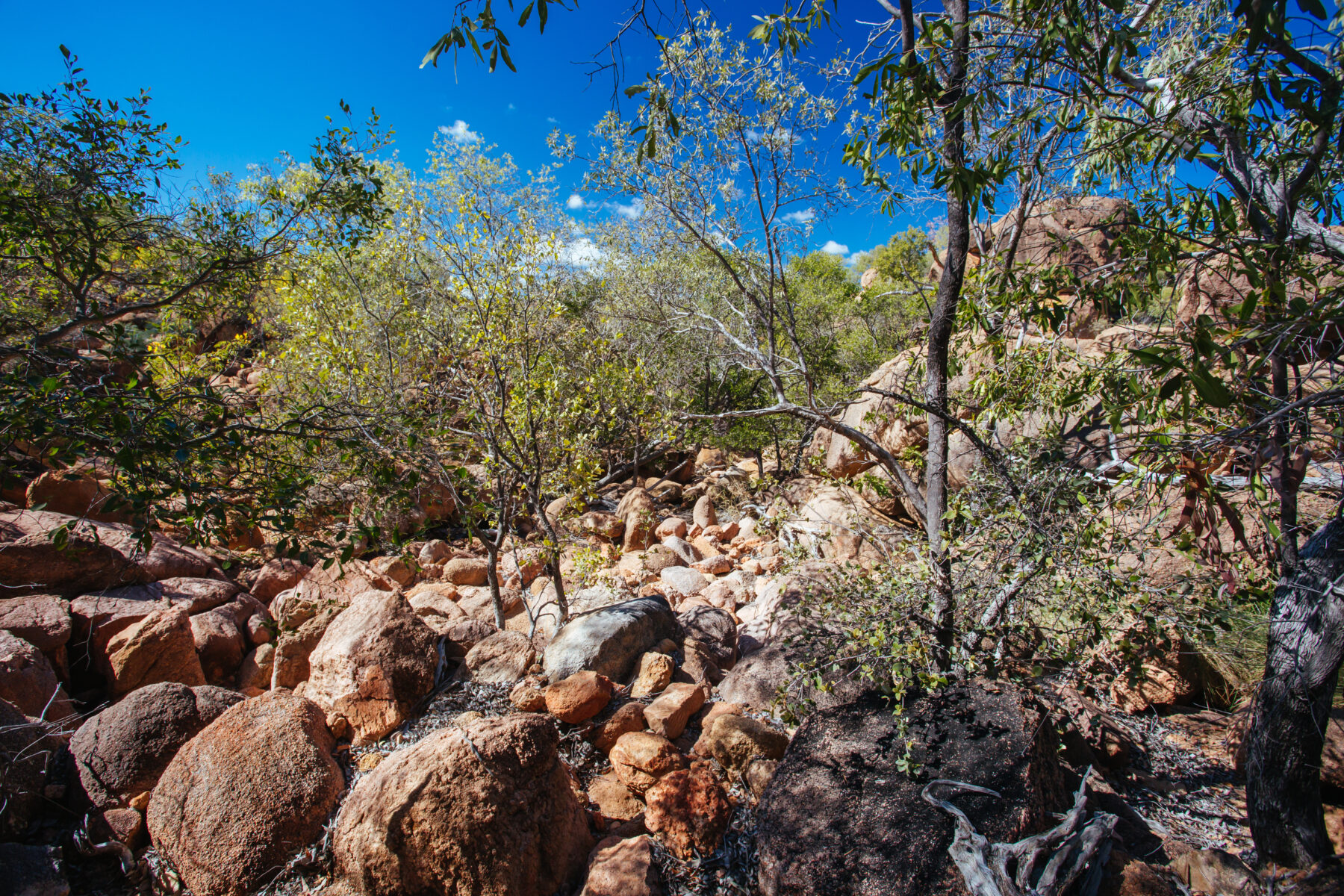
Topaz, aquamarine and smoky quartz were once of little value to tin miners who worked this area, about 280km north-west of Townsville. It’s no surprise then that nice specimens have been found near old mine sites close to the banks of the Elizabeth and O’Briens creeks. Beginners can take fossicking tours from Mount Surprise Gems, while the more experienced can make use of mud maps.
Newry Station, Northern Territory
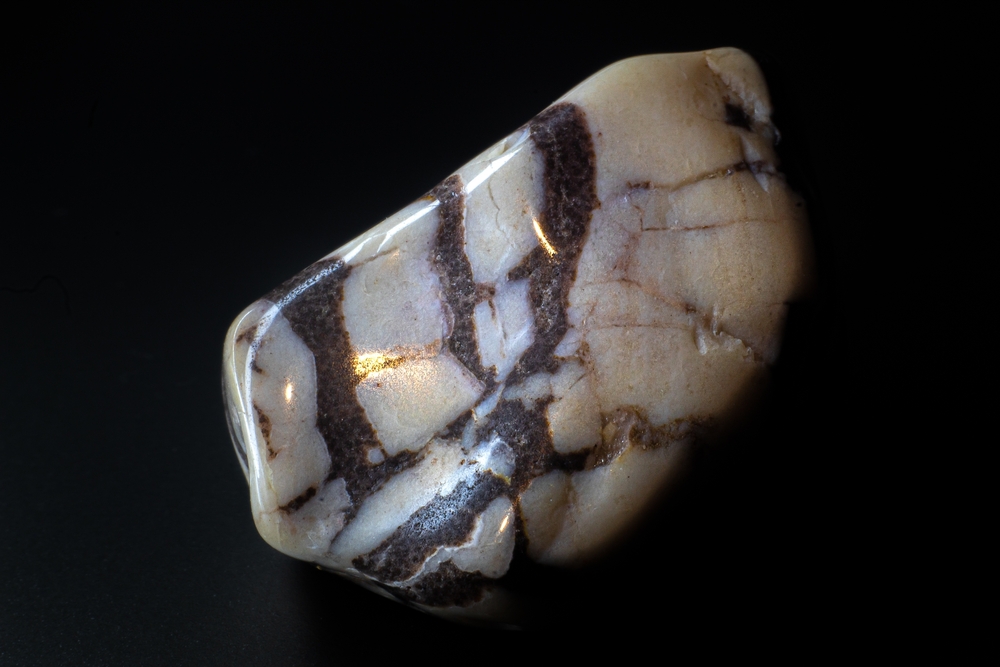
Head 750km south-west of Darwin and you’ll find the Newry fossicking area on dirt-swept Newry Station. The site is famous for being one of only two places on Earth where zebra rock, also known as Kimberley siltstone, has been found.





